Hair loss is a common concern affecting millions of people worldwide, often leading to diminished self-confidence and social anxiety. Among various types of hair loss, pattern baldness—also known as androgenetic alopecia—is the most prevalent form, characterized by a progressive thinning and receding hairline. As people seek effective solutions, Hair Replacement in Abu Dhabi has emerged as a popular option for restoring hair and regaining a natural look. But does hair replacement work for pattern baldness? This comprehensive guide explores the effectiveness of hair replacement procedures for pattern baldness, what to expect, and how they can help restore your hairline.
Understanding Pattern Baldness
What Is Pattern Baldness?
Pattern baldness is a hereditary condition that causes hair to thin and recede in predictable patterns, typically starting at the temples and crown of the head. It affects both men and women, though the pattern and progression can vary. In men, it often results in a receding hairline and bald spots, while women experience overall thinning across the scalp.
Causes of Pattern Baldness
This condition is primarily driven by genetic factors and hormonal influences, particularly the sensitivity of hair follicles to dihydrotestosterone (DHT). Over time, these hormonal effects lead to follicular miniaturization—where hair follicles shrink and produce thinner, shorter hair—eventually ceasing to produce hair altogether.
The Impact on Individuals
For many, pattern baldness impacts self-esteem and social interactions. Understanding the nature of this condition is essential for choosing an appropriate treatment approach. While natural aging and genetics play a role, modern hair restoration techniques offer promising solutions tailored to individual needs.
How Does Hair Replacement Work for Pattern Baldness?
What Is Hair Replacement?
Hair replacement refers to a range of procedures designed to restore hair density and improve appearance by replacing or augmenting natural hair. It involves transplanting healthy hair follicles into areas affected by baldness, creating a fuller, natural look.
Types of Hair Replacement Procedures Suitable for Pattern Baldness
- Hair Transplant Surgery: The most common and effective method for pattern baldness, involving the transfer of hair follicles from a donor area to the bald or thinning region.
- Follicular Unit Extraction (FUE): A minimally invasive technique where individual follicles are extracted and implanted.
- Follicular Unit Transplantation (FUT): Involves removing a strip of scalp tissue, from which follicles are separated and transplanted.
- Non-Surgical Options: Such as scalp micropigmentation or advanced hair fibers, may complement surgical procedures but are not permanent solutions.
Effectiveness of Hair Replacement in Treating Pattern Baldness
When performed by experienced specialists, hair replacement procedures can produce highly natural-looking results, effectively camouflaging thinning areas. They are particularly suitable for pattern baldness because they target specific bald spots and receding areas with precision. The success largely depends on the extent of baldness, donor hair availability, and individual scalp characteristics.
Is Hair Replacement a Suitable Solution for Pattern Baldness?
Can Hair Replacement Fully Restore Hair in Pattern Baldness?
While hair replacement procedures can significantly improve appearance, they are most effective when the pattern baldness is stable and the donor area has healthy hair follicles. They are less effective if the baldness is progressive or extensive, as fewer donor follicles are available for transplantation.
Limitations and Considerations
- Extent of Hair Loss: Advanced baldness may require multiple sessions or combined treatments.
- Donor Hair Quality: The availability and quality of donor hair influence success.
- Age and Hair Loss Progression: Younger individuals with ongoing hair loss may need additional procedures in the future.
- Realistic Expectations: Results can enhance natural beauty but may not restore a full head of hair identical to natural growth in all cases.
Long-Term Results
Proper procedure selection, meticulous planning, and post-operative care contribute to durable, natural results. The transplanted hair typically continues to grow like natural hair, providing a permanent solution when the scalp’s condition is suitable.
Benefits of Choosing Hair Replacement for Pattern Baldness
Natural-Looking Results
Modern hair replacement techniques utilize advanced technology to mimic natural hair growth patterns, ensuring that the results blend seamlessly with existing hair.
Permanent Solution
Unlike temporary treatments, hair transplant procedures offer a permanent solution, with transplanted follicles often lasting a lifetime.
Minimal Downtime
Many procedures, especially FUE, involve minimal recovery time, allowing individuals to resume daily activities shortly after treatment.
Boost in Self-Confidence
Restoring hair through replacement procedures can significantly enhance self-image and confidence, positively impacting personal and professional life.
The Process of Hair Replacement
Consultation and Planning
Effective treatment begins with a detailed consultation, where specialists assess the extent of hair loss, scalp condition, donor hair quality, and personal goals. This helps tailor a customized plan for optimal results.
The Procedure
Depending on the chosen technique, the procedure involves extracting follicles from a donor area and carefully implanting them into the balding regions. The process is precise, aiming to recreate natural hairlines and density.
Post-Procedure Care
Following the procedure, patients are provided with specific care instructions to ensure optimal healing and growth. This includes avoiding strenuous activities, protecting the scalp, and attending follow-up appointments.
Results Timeline
Initial results may be visible within a few months as transplanted hair begins to grow, with full results typically apparent after 9 to 12 months.
Who Is an Ideal Candidate for Hair Replacement?
Suitable Candidates
- Individuals with stable pattern baldness
- Those with sufficient donor hair
- People seeking a permanent solution
- Patients with realistic expectations
Not Ideal Candidates
- Individuals with active scalp infections
- Those with insufficient donor hair
- People with ongoing hair loss without stabilization
- Patients with certain scalp conditions
Importance of Professional Evaluation
A thorough evaluation by a qualified specialist ensures that patients are well-informed about their suitability and expected outcomes, fostering realistic expectations and successful results.
Maintenance and Follow-Up
Post-Treatment Care
Proper aftercare—such as gentle scalp hygiene, avoiding direct sun exposure, and adhering to medical advice—is essential for the success of hair replacement procedures.
Long-Term Maintenance
While transplanted hair generally requires no special maintenance, ongoing scalp health and hair care practices support overall hair vitality and appearance.
Future Procedures
In some cases, additional procedures may be needed to enhance density or address new areas of thinning, particularly in progressive baldness.
Why Choose Professional Hair Replacement Services?
Expertise and Technology
Professional clinics employ advanced techniques and experienced surgeons, ensuring the highest standards of care and natural results.
Customized Solutions
Each patient receives a tailored treatment plan based on individual scalp and hair characteristics, maximizing effectiveness.
Safety and Satisfaction
Adherence to safety protocols and patient-centered care lead to higher satisfaction and successful outcomes.
Frequently Asked Questions (FAQs)
1. Does hair replacement work for all stages of pattern baldness?
Hair replacement can be effective for many stages of pattern baldness, especially when the hair loss is stable. However, extensive or ongoing baldness may require multiple sessions or combined approaches.
2. How long do the results of hair replacement last?
Transplanted hair follicles are typically permanent, continuing to grow and maintain their appearance for a lifetime with proper care.
3. Can hair replacement procedures be combined with other treatments?
Yes, combining hair replacement with medical therapies or non-surgical options can enhance overall results and hair density.
4. Is there any visible scarring after hair transplant procedures?
Modern techniques, such as FUE, minimize scarring, often resulting in tiny dot scars that are easily concealed by natural hair growth.
Conclusion
Hair Replacement Abu Dhabi offers a highly effective solution for individuals dealing with pattern baldness. When performed by skilled professionals using advanced techniques, it can restore a natural-looking hairline, boost confidence, and provide a lasting transformation. While individual results may vary based on hair loss extent and scalp condition, the overall success rate for suitable candidates is high, making hair replacement a viable and popular choice for many seeking to combat pattern baldness.

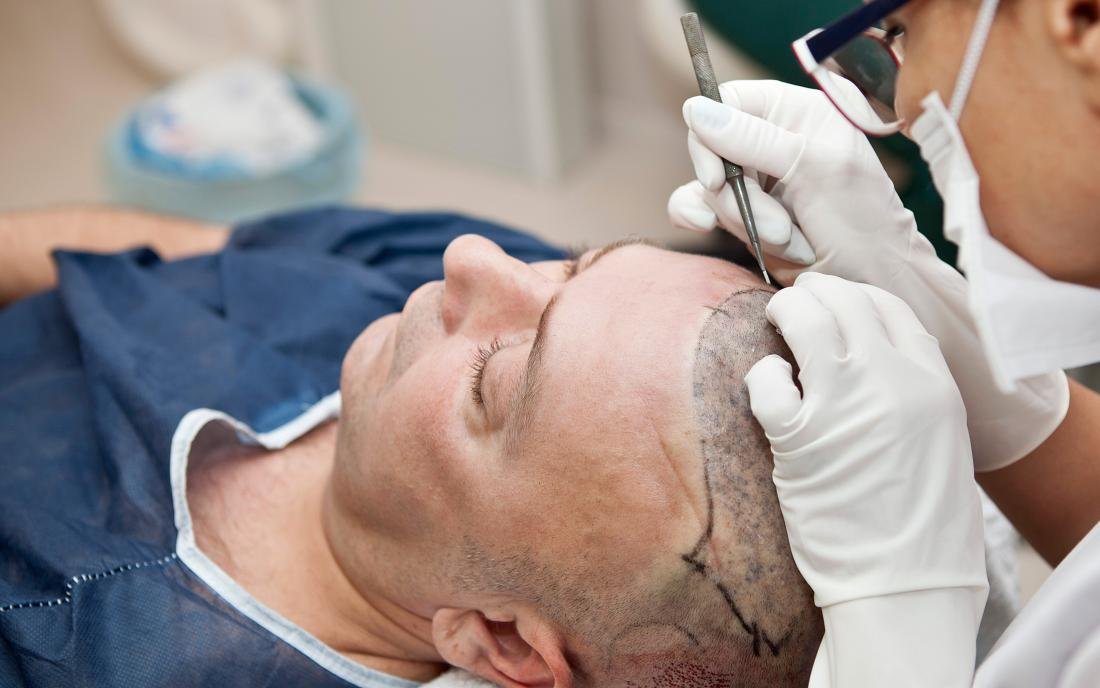
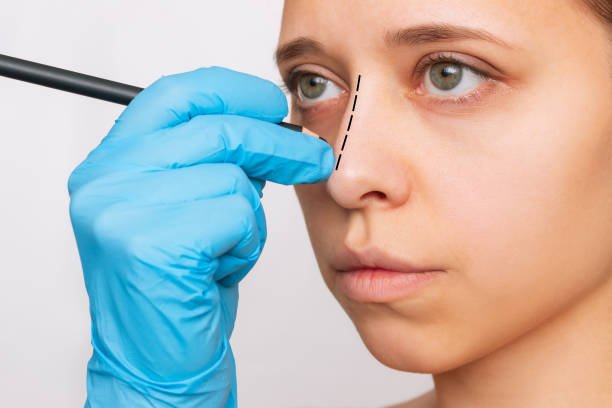
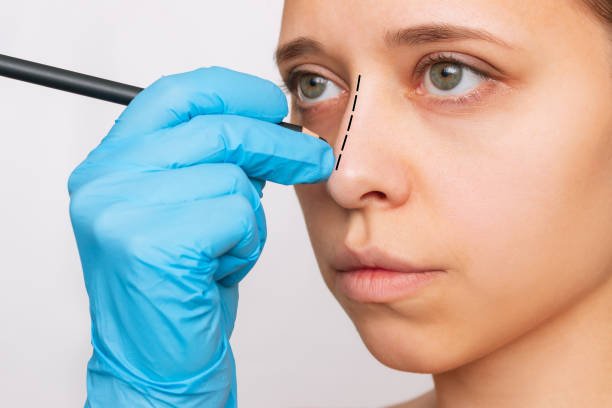

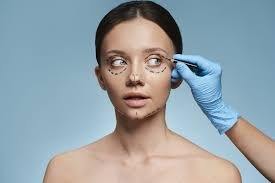





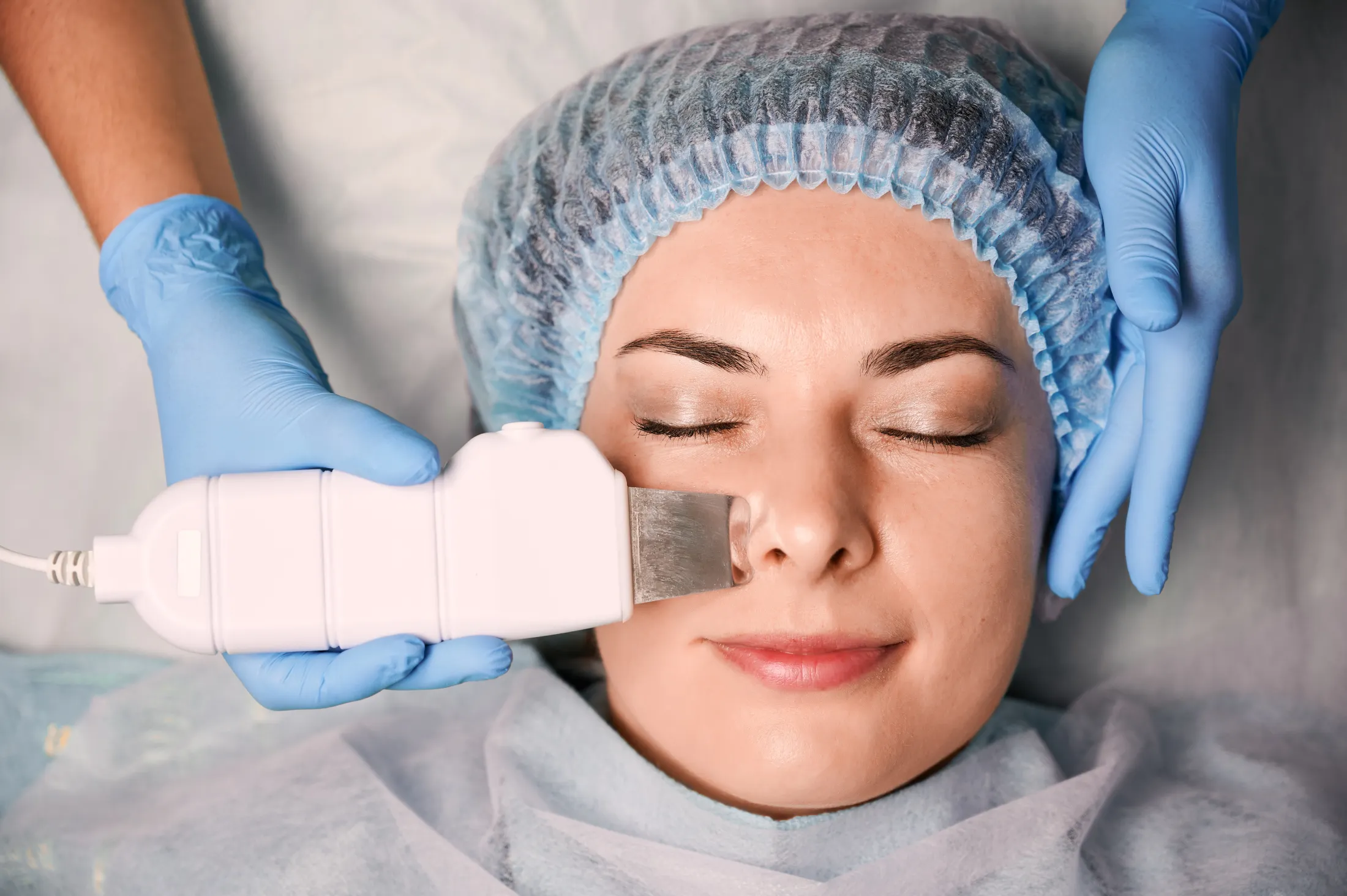




Leave a Reply